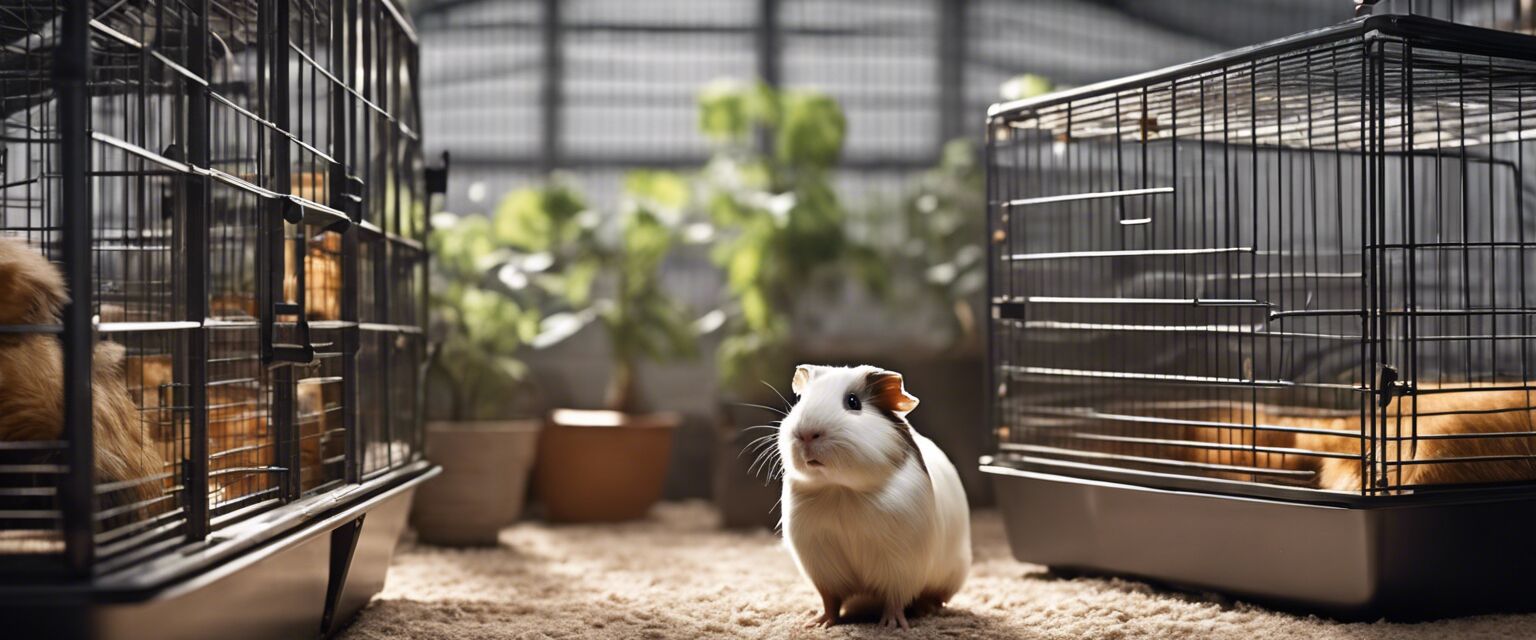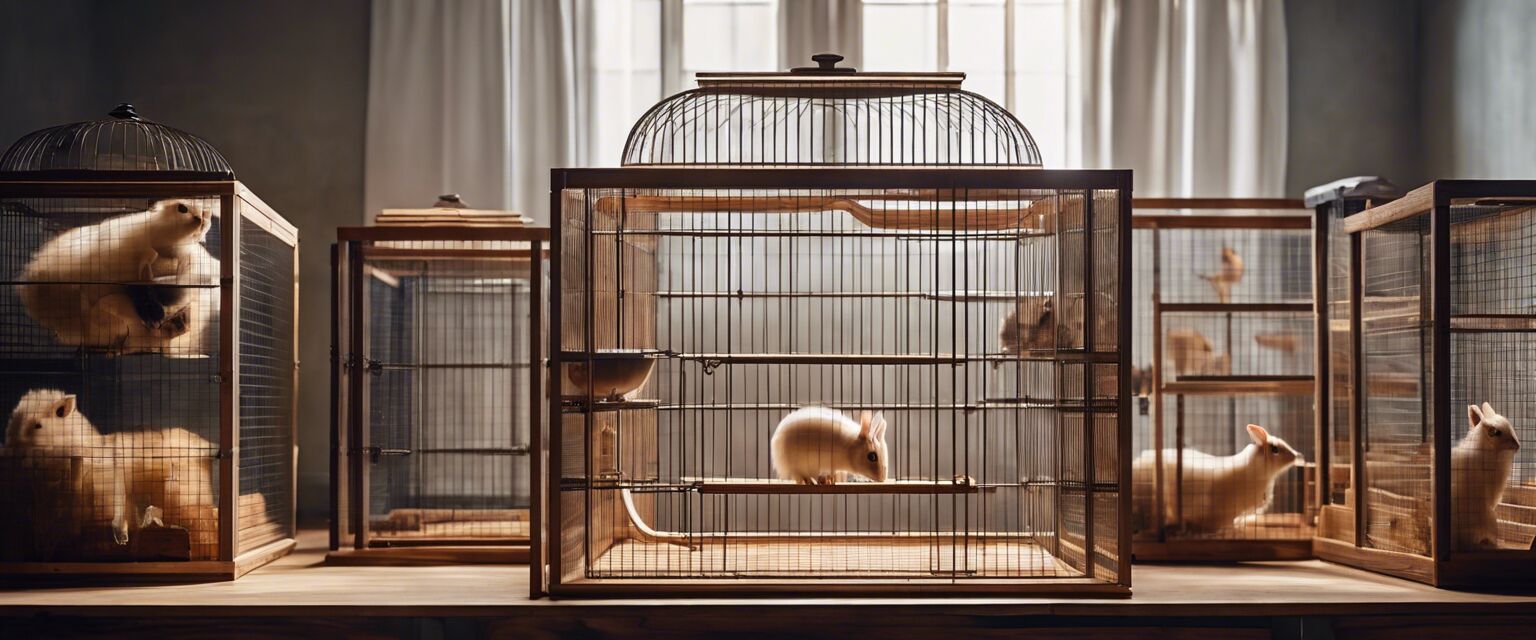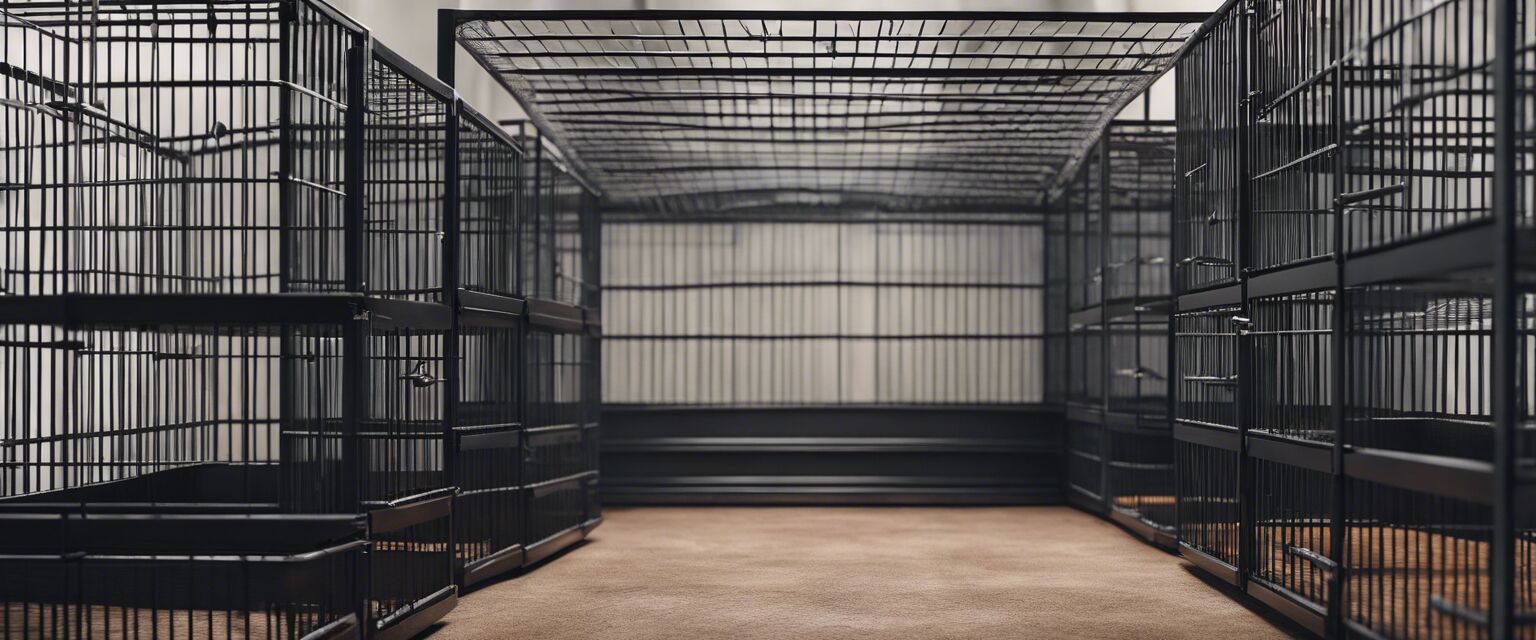
Materials for breeding cages
When it comes to choosing the right materials for breeding cages, understanding the various options is vital for the comfort and safety of your animals. In this article, we will delve deep into the different materials used in constructing breeding cages, their advantages and disadvantages, and guide you on selecting the perfect material for your needs.
Key Takeaways
- Choosing the right material affects the safety and comfort of your pets.
- Common materials include metal, wood, glass, and plastic.
- Each material has its pros and cons, which should be weighed based on the specific needs of the species being bred.
- Climate and location should also be considered when selecting materials.
Common Materials Used in Breeding Cages
Various materials are suitable for constructing breeding cages, each possessing unique strengths and weaknesses. Below we discuss the most common types:
| Material | Durability | Insulation | Maintenance | Cost |
|---|---|---|---|---|
| Metal | High | Moderate | Low | Medium |
| Wood | Medium | High | High | Medium to High |
| Glass | High | High | Low | High |
| Plastic | Medium | Low | Medium | Low |
1. Metal Cages
Metal breeding cages are popular for their durability and ease of maintenance. They are usually made of stainless steel or coated wire which makes them resistant to rust and chewing.
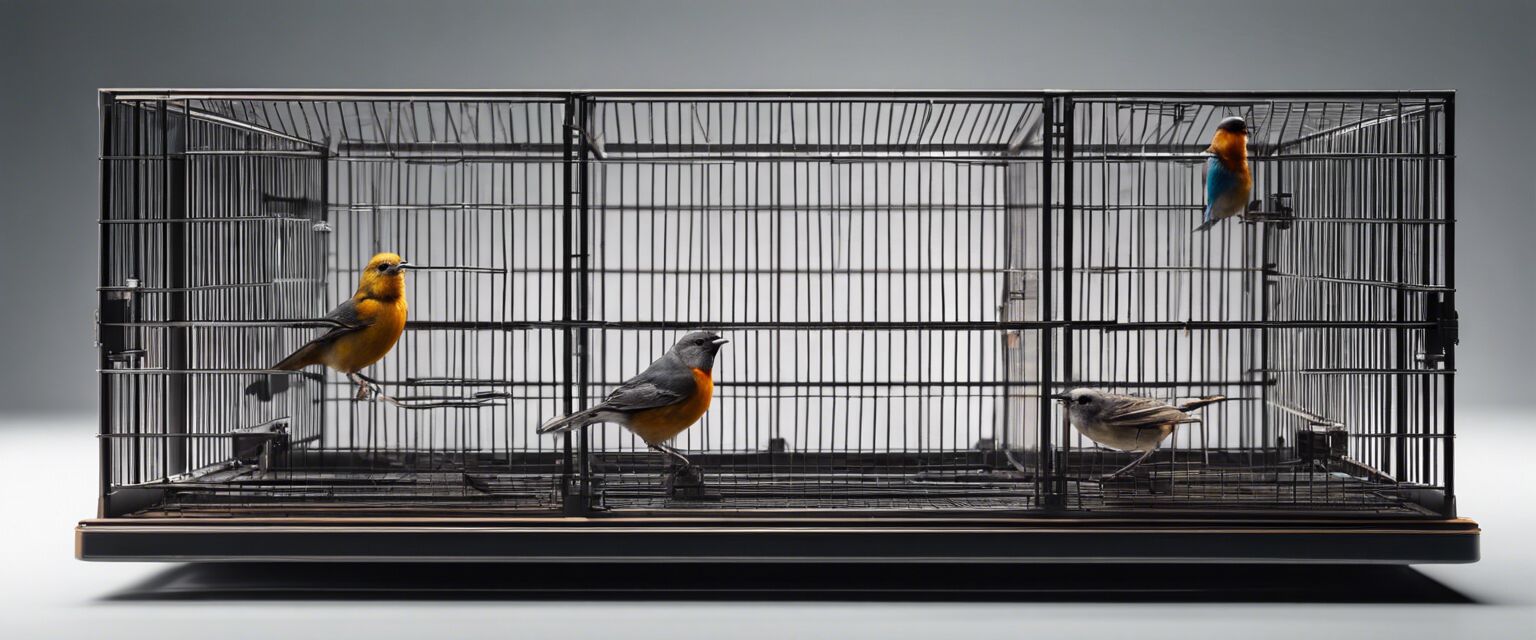
Pros of Metal Cages
- Long lifespan
- Easy to clean
- Good ventilation
Cons of Metal Cages
- Can conduct heat
- May cause injury if poorly designed
2. Wooden Cages
Wooden cages provide excellent insulation and a natural feel, making them a great choice for some small mammals. They are often aesthetically pleasing but require higher maintenance.

Pros
- Natural appearance
- Good insulation
Cons
- Can rot or decay
- Higher maintenance required
- Prone to chewing by some animals
3. Glass Cages
Glass breeding cages are often used for reptiles and amphibians due to their visibility and excellent insulation. They can be quite heavy and require careful handling.
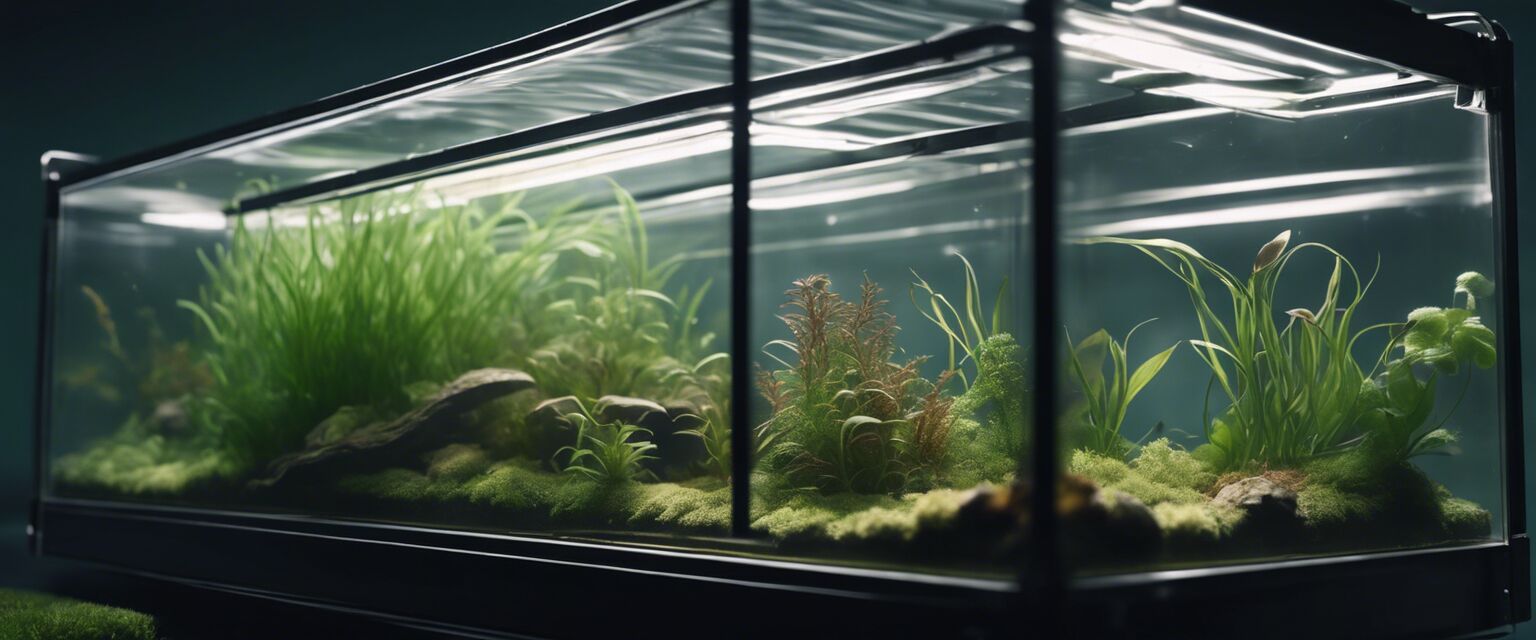
Pros of Glass Cages
- Great visibility
- Excellent for humidity control
Cons of Glass Cages
- Heavy and fragile
- Limited airflow
4. Plastic Cages
Plastic cages are versatile and lightweight, often used for small creatures and insects. They are less insulating but can be quite affordable.
Pros
- Lightweight
- Affordable
- Easy to handle
Cons
- Low durability
- Limited insulation
Factors to Consider When Choosing Materials
Selecting the right material for your breeding cage requires consideration of multiple factors:
- Type of Animal: Different species require different environments. Research what material suits your specific breed.
- Climate: Opt for materials that withstand local weather conditions.
- Maintenance: Assess how much time and effort you can dedicate to maintaining the cage.
- Space Available: Some materials might require more space and weight considerations.
Conclusion
Selecting the right material for breeding cages is essential for the well-being of your pets. Each material comes with its unique set of advantages and drawbacks. Make informed choices based on the specific needs of the animals you are caring for.
Tips for Beginners
- Start with familiar materials if you're new to breeding.
- Consult experienced breeders or local stores for recommendations.
- Prioritize the safety and comfort of your animals over aesthetics.
